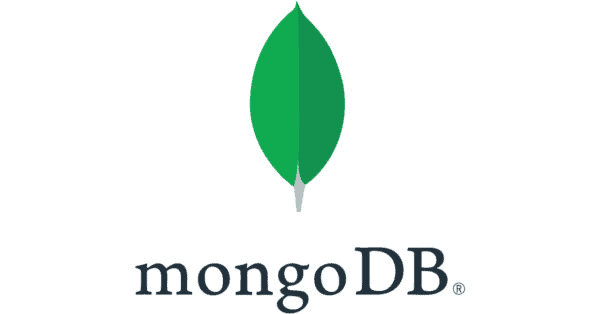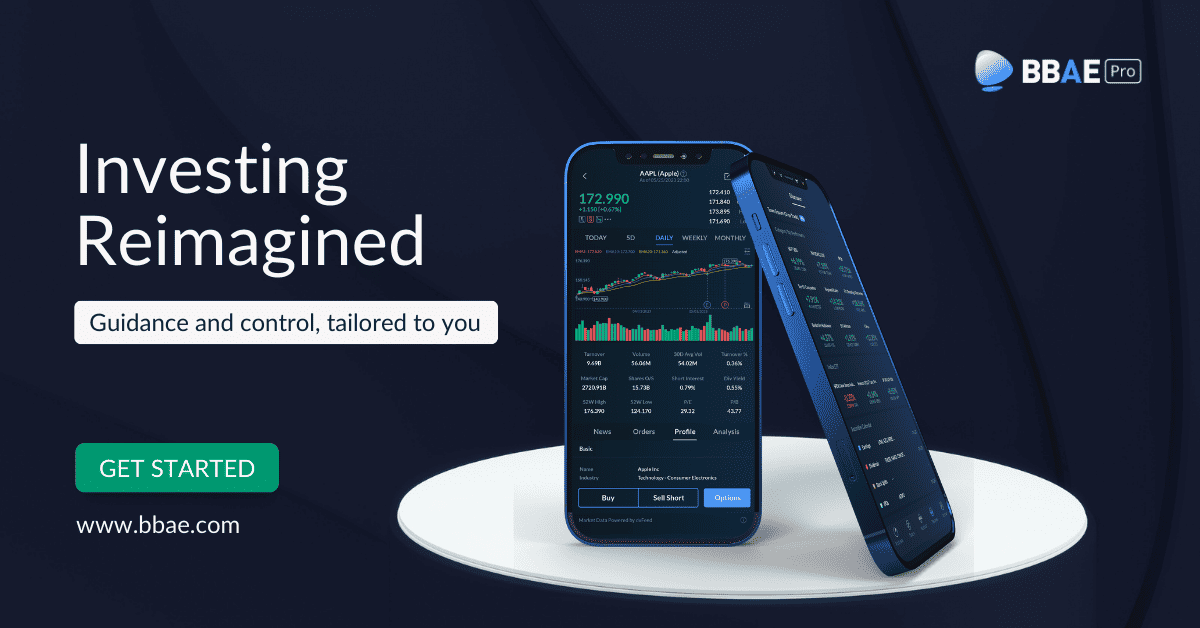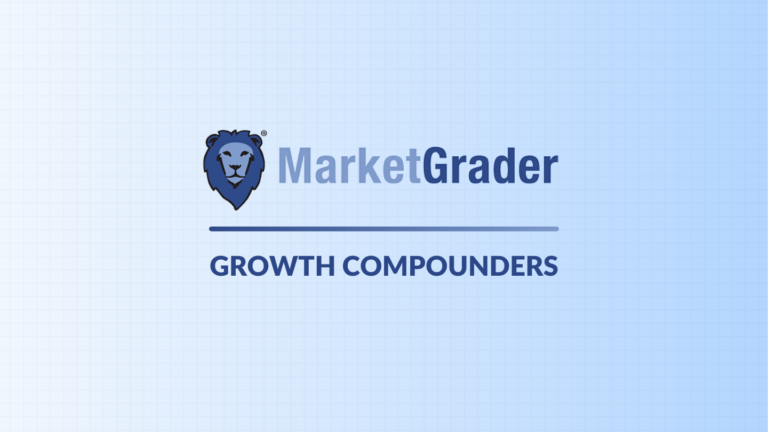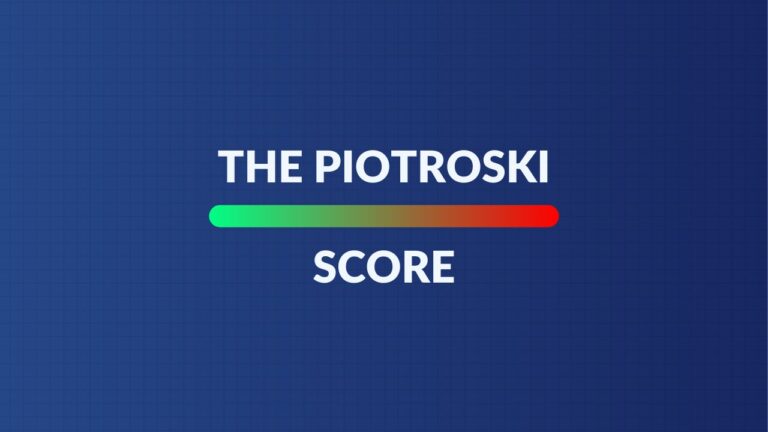
MongoDB (MDB) – Earnings Review – December 8, 2023
MongoDB is a key player in data storage and analytics with a document-oriented setup. I’ll explain what that means later.
Its most exciting product is called MongoDB Atlas. This is its database service to implement a group of servers (or a cluster) used to actually store the data. The nature of MongoDB’s product allows clusters to be easily added to or subtracted from for easier flexing up & down as needs fluctuate. It also offers MongoDB Realm as a mobile environment for app creation, MongoDB Stitch to build apps without servers or any needed infrastructure maintenance and MongoDB Search for data querying. Finally, it offers MongoDB Data Lake specifically for unstructured data which directly competes with players like Snowflake. There are more products, but these are the big ones with new releases discussed below.
Demand
MongoDB beat revenue estimates by a comfortable 7.2% & beat its guidance by 7.7%. Its 38.1% 2-year revenue CAGR compares to 46.0% as of last quarter and 42.3% 2 quarters ago.

Source: Brad Freeman – SEC Filings, Company Presentations, and Company Press Releases

Source: Brad Freeman – SEC Filings, Company Presentations, and Company Press Releases
Margins
MongoDB obliterated profit expectations. EBIT was 78% ahead of estimates and 85% ahead of its guidance. It earned $0.97 per share vs. expectations of earning $0.50. This is its 3rd consecutive quarter of greatly outperforming all expectations. Similarly to Nvidia, the magnitude of these consistent beats will likely lead to sell side estimates positively diverging from its guidance over time. It will raise the bar for what is considered a successful quarter. Great problem to have considering it’s based on stellar performance.
Note that some marketing spend was pushed from Q3 to Q4. This helped margins a bit. Still, the large annual increases in profits and margins show that this wasn’t the main source of outperformance.

Source: Brad Freeman – SEC Filings, Company Presentations, and Company Press Releases

Source: Brad Freeman – SEC Filings, Company Presentations, and Company Press Releases
Fourth Quarter Guidance
- Revenue guidance is 4.1% ahead of estimates.
- EBIT guidance is 17.7% ahead of estimates.
- $0.45 EPS guidance is $0.09 ahead of estimates.
As a result of the beat & raise, annual guidance was raised across the board.
Balance Sheet
- $1.9B in cash & equivalents; $1.1B in senior notes.
- Share count rose 3.8% Y/Y.
Call & Release Highlights
Demand & Macro
Success for the quarter was powered by existing customer expansion and new customer workload demand. Per leadership, success was “despite continued challenging market conditions.” How is this software standing out in today’s environment? You guessed it… just like all of the other standouts. Demand for its full product platform tier (called Enterprise Advanced (EA)) is raging. Leadership talked up its end-to-end data platform as readily replacing point solutions for bellwether clients like AT&T. It’s striking a currently needed balance of cutting client costs and improving efficacy. As another example, EY migrated to MongoDB for a 50% reduction in data costs while, relatedly, doubling performance.
EA revenue was also helped by more multi-year deals than expected. This revenue is recognized when a contract starts. This is unlike Atlas, which generates revenue mainly based on usage.
“Clients want to do more with less. They want to consolidate vendors and reduce complexity of their data architecture. MongoDB dramatically increases developer productivity and supports a wide variety of use cases, eliminating the need for many point solutions. This combination resonates with customers in this macro environment.” – CEO Dev Ittycheria
MongoDB Vector Search
MongoDB Vector Search became broadly available to clients this past week. Unsurprisingly, this newer product mimics its other app building tools, but with a focus on GenAI apps. Broken record alert: GenAI apps and models insatiably consume data. The more data, the better; the more relevant that data is, the better. MongoDB provides data scale and secure access to a client’s first party data. First party data is the most relevant data set for client-specific use cases. It pairs these data skills with ample programming language frameworks to free developers to bring their work to their data. Snowflake talks about this same idea all the time.
This new tool offers Semantic Search, which allows clients to seamlessly scrape insight from data. It allows for theme and idea-based querying rather than just word-based. It also provides retrieval-augmented generation (RAG). This pushes semantic search results into associated large language models to uplift querying precision. Per a recent “retool” research study, Atlas Vector search has the highest developer Net Promoter Score (NPS) in the industry.
More on GenAI
- Along the same GenAI theme, MongoDB Atlas Search Nodes (another new product) is a new tool freeing developers to work with 60% faster query times and full infrastructure management.
- New Amazon Bedrock integration to bolster the range of LLMs developers can work with. It already has integrations with Amazon CodeWhisperer and Microsoft GitHub Copilot as well as many foundational model builders like OpenAI and Hugging Face.
Atlas
This is the most important product for MongoDB today. Atlas revenue rose 36% Y/Y to reach 66% of total sales vs. 63% Y/Y. Customer count for the product rose 21.4% Y/Y to reach 44,900. Like Snowflake and GitLab, this revenue is usage-based, not subscription-based. Meaning? Continued strong retention and growth directly indicate how mission critical this company is in our digital world. It’s easier to cut spend here than it is with contracted subscriptions (and easier to spend more during better times). Considering net revenue retention remains at 120%, that’s just not happening.
Consumption trends improved sequentially as expected. They were in-line with company expectations offered on the last call.
Encouragingly, Atlas efficiencies were also the source of the firm’s gross margin expansion and outperformance. This means that as Atlas grows as a percent of total revenue, there should be more margin upside.
Relational Database (Snowflake) vs. NOSQL, Document-Oriented Database (MongoDB)
Legacy relational databases store data in static rows and columns linked by implemented formulas. These databases look like giant excel spreadsheets and use structured query language (SQL) to work. Legacy relational databases cannot seamlessly handle unstructured data like MongoDB’s data lake can. This is a large limitation considering how important unstructured data is for GenAI use cases. Legacy relational databases struggle to scale and unlock the most advanced querying. The datasets are fixed with formatting and filtering more limited. The lack of ability to provide “not only SQL” (NOSQL) can slow performance and diminish value.
MongoDB’s NOSQL database and document-style data storage fix these issues. That’s why the pace of migration continues to ramp up.
Importantly, NOSQL is not better when it comes to structured data querying and data consistency as well. Not superior, just better at certain things. For evidence of this, arguably one of the most disruptive players in the general database world is Snowflake. Snowflake’s data warehouse is a relational database… just a next-gen version. It offers NOSQL, better scalability via separation of data and compute, and unstructured querying. It went with a “make relational databases much better” approach while MongoDB implemented a “move to NOSQL” approach. Snowflake is considered more advanced in structured data. Some would argue its security and governance offering is better too. MongoDB stands out when it comes to flexibility, ease of use and unstructured data prowess. In this light, they technically are complementary tools and can be used in tandem in some cases. Still, both continue to encroach on the other’s territory like we see in other areas like cybersecurity, programmatic advertising and DevSecOps.
Legacy Relational Database Migration & On-Premise Migration
Customers frequently express frustration over not being able to migrate some workloads to NOSQL as quickly as they want to. They “lack skills and capacity to modernize, but know they need to modernize.” This is where MongoDB’s relational migrator comes into play. This full service tool oversees client migration to MongoDB.
It also holds client hands as they migrate from on-premise to the public cloud. Some industries, like financial services and healthcare, have very strict regulations making cloud migrations much more difficult. MongoDB helps mightily here. It also offers an on-premise version of its product suite; this allows for better client control when it comes to pace of migration.
MongoDB is looking to expand beyond data migration to the “full life cycle of app modernization migration.” It wants to “reduce effort involved” in this tedious process. Like many others, this is code for “we want to displace more point solutions.” To do so, it debuted a query conversion tool to intuitively integrate and onboard legacy apps powered by SQL to MongoDB.
“To be clear, application modernization will take time to ramp, but is one of the largest long-term growth opportunities for our business.” – CEO Dev Ittycheria
Take
Another wildly impressive quarter for this company. Leadership clearly continues to aggressively under-promise in light of macro uncertainty. That macro uncertainty is not leading to diminished demand – hence the sheer magnitude of beats and raises throughout 2023. At 108x next 12-month EBIT and 160x next 12-month FCF, expectations are set very high and command outperformance. It has delivered that in spades this year and that must remain the case to continue justifying the premium… Just like for GitLab and many other software names that have aggressively run as of late. Great quarter.











